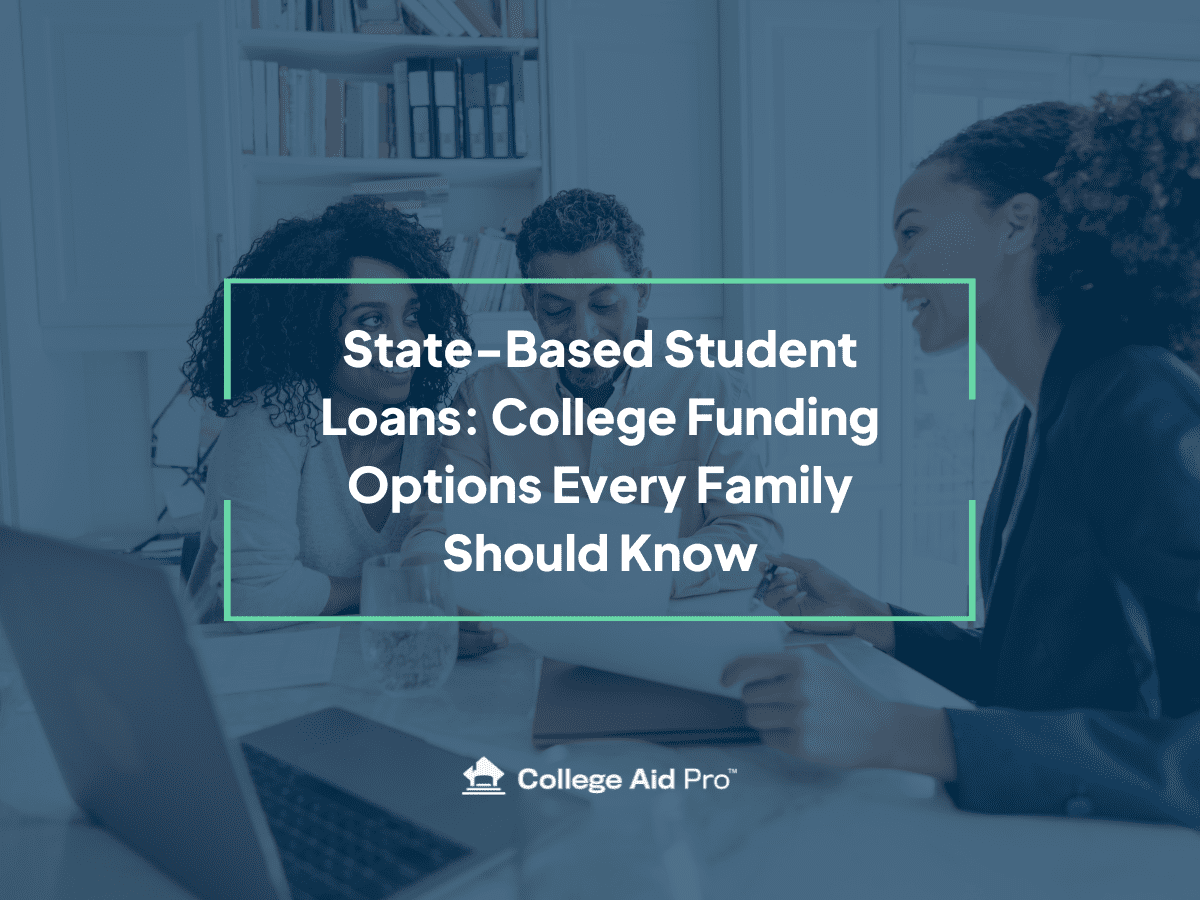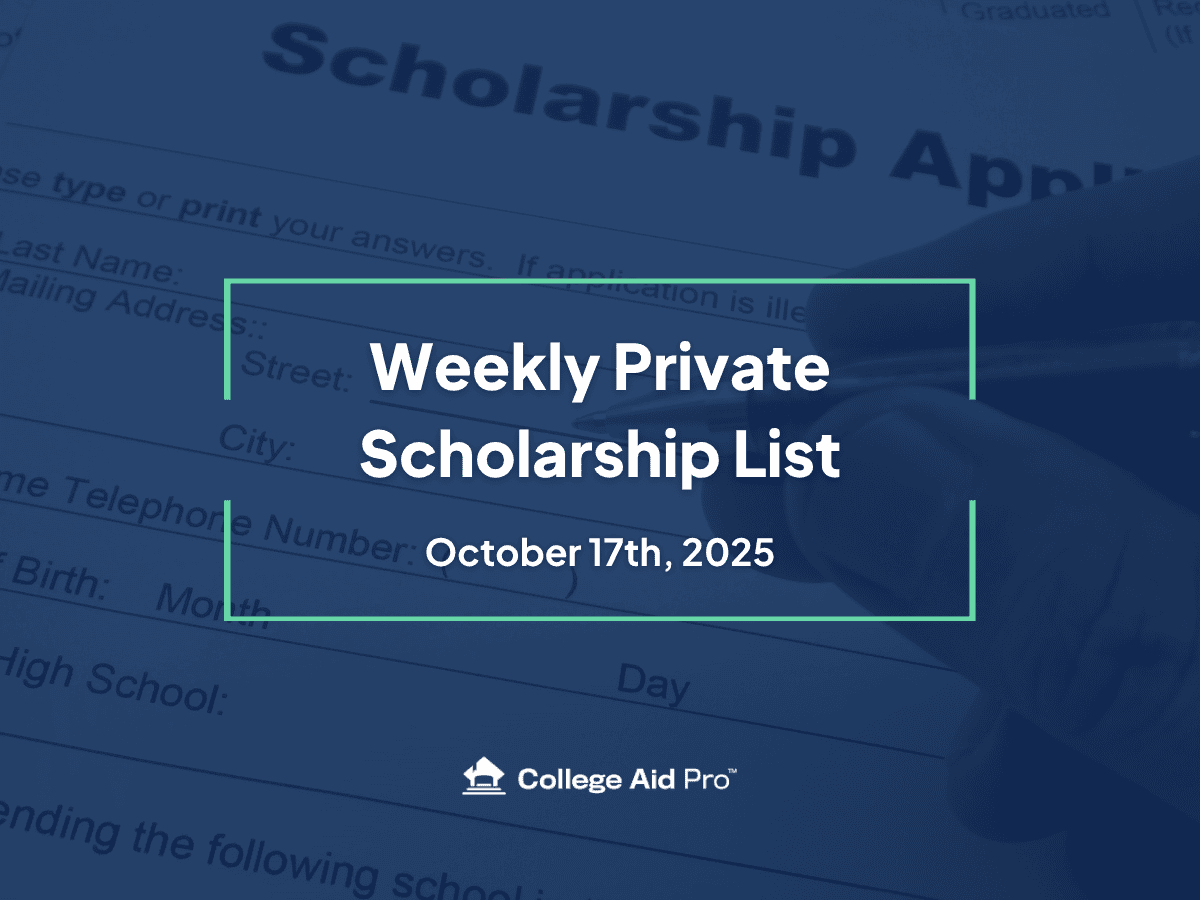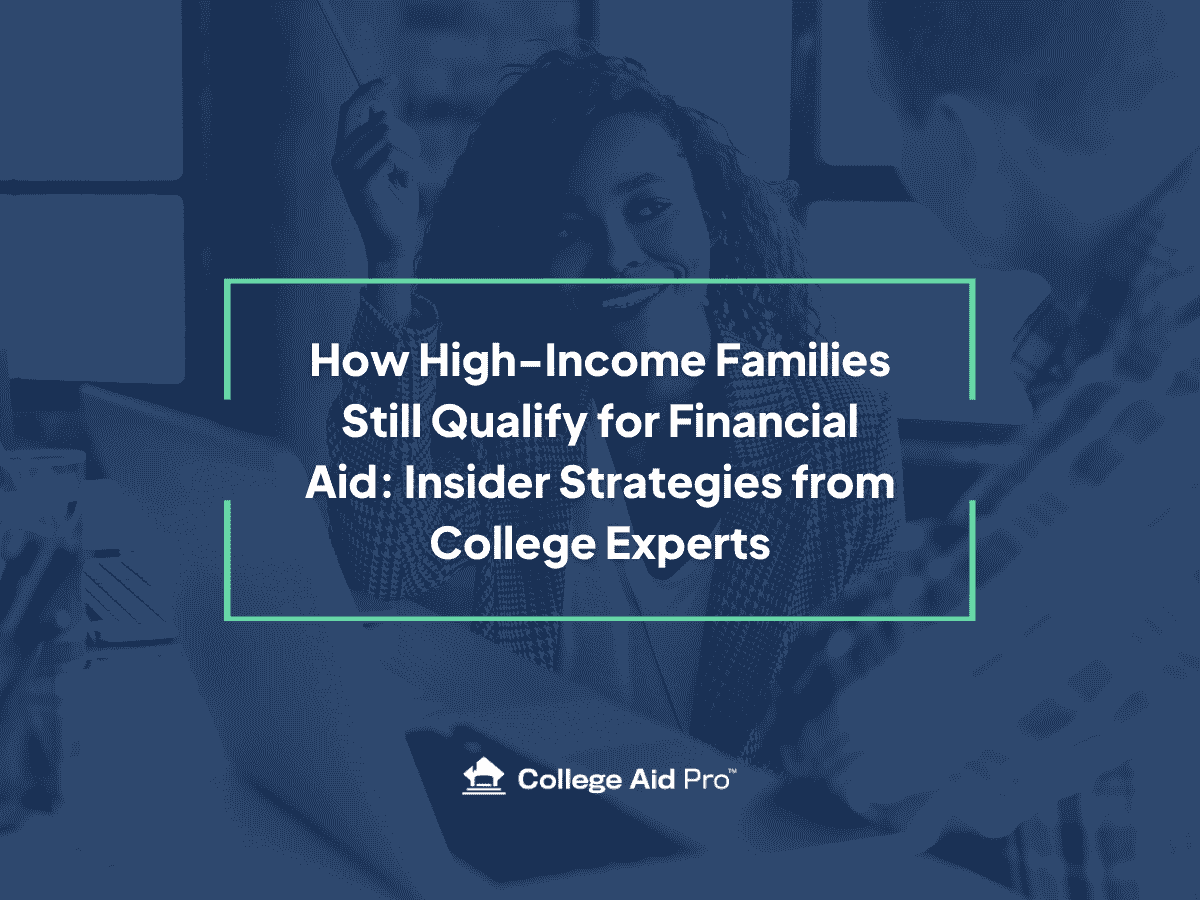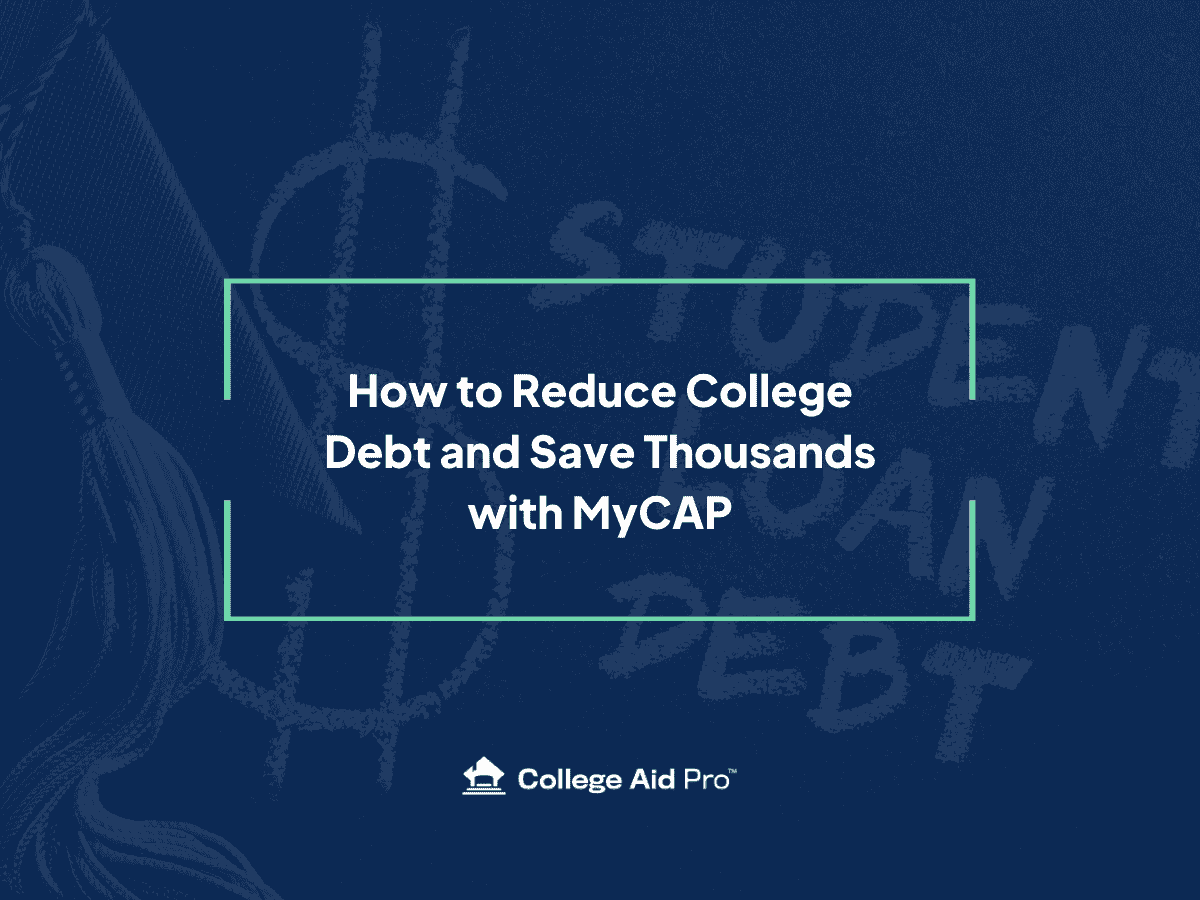State-Based Student Loans: College Funding Options Every Family Should Know
When it comes to paying for college, families often face a funding gap between the financial aid package and the full cost of attendance. Federal direct student loans help, but they’re rarely enough. Private loans can fill the gap, but they often come with high interest rates and fewer protections. That’s where state-based student loans come in — a lesser-known but potentially powerful tool to reduce borrowing costs.
If you’re researching student loan options by state, this guide will walk you through what state-based loans are, why they matter, and how to make the smartest borrowing decisions using our step-by-step borrowing guide.
What Are State-Based Student Loans?
State-based student loans are educational loans offered by state higher education agencies or nonprofit lenders. Unlike federal loans, they typically consider credit scores, but often offer:
- Lower fixed interest rates
- Flexible repayment options
- No fees
- Cosigner release options
These loans are designed to help in-state residents — and sometimes even non-residents, so be sure to check their terms — pay for college at a lower cost than other loan options.
Benefits of State Loan Programs
Here’s why state-based student loans should be on your radar:
✅ Lower Interest Rates
Many programs offer fixed rates below 5%, making them competitive with (or better than) private lenders — especially for borrowers with average credit.
✅ Flexible Repayment Options
Most programs offer multiple repayment choices: immediate, interest-only, or deferred, depending on what works best for your family’s cash flow.
✅ No Origination or Prepayment Fees
Unlike federal PLUS loans (which have a 4% origination fee), state-based loans often come fee-free, and allow prepayment without penalty.
✅ Cosigner Release
Some states offer cosigner release after a set number of on-time payments, reducing risk for parents or sponsors.
Our Top State-Based Loan Programs to Explore
Here are some of the top-performing state-based student loan options available today:
- Rhode Island (RISLA) – Low fixed rates, income-based repayment, and forgiveness for public service
- Massachusetts (MEFA) – No fees, great fixed rates, and flexible repayment options
- Iowa (ISL Education Lending) – Competitive fixed rates, no fees, and family-friendly options including parent loans and refinance opportunities
💡 Pro Tip: Not all programs require you to live in the state. Always check eligibility requirements carefully.
Use Our Step-by-Step Guide to Choosing the Best Student Loan in 2025
At College Aid Pro, we guide families through a proven borrowing strategy designed to help you avoid over-borrowing and minimize long-term debt. Follow these four steps:
Step 1: Apply through College Ave to get your rate.
- Apply in 3 Minutes
- Soft Credit Pull
- Reputation for rewarding high FICO scores
Step 2: Apply through Sofi Student Loans to get your rate.
- Apply in minutes
- Soft Credit Pull
- Reputation for rewarding high FICO scores
Step 3: Apply through Ascent Student Loans to get your rate
- Apply in minutes
- Soft Credit Pull
- Updated Lowering Pricing/Rates as of July 1, 2025.
Step 4: Compare your private rates to Federal PLUS & State Programs (Massachusetts , Rhode Island, Iowa)
Federal Parent PLUS Loans carry interest rates just under 9% and a 4% fee. If you or your cosigner has strong credit, private or state-based loans may offer better terms. Compare carefully before making a final decision.
Why Families Trust College Aid Pro
CAP helps thousands of families create customized college funding strategies. MyCAP lets you:
- Compare federal, private, and state-based loans
- Estimate monthly payments
- Optimize your borrowing timeline
- Minimize your out-of-pocket cost
- Avoid over-borrowing pitfalls
Take the Next Step Toward Smart College Borrowing
State-based student loans can be a powerful, low-cost alternative to private lending. By following our step-by-step guide, you’ll compare all your options — federal, private, and state-based — and make informed decisions that save your family money.
Start with federal loans, then explore top-rated state programs and trusted private lenders. Need help? We’re here to guide you.
Meet with one of our College Planning Experts to build your custom college funding plan today.



